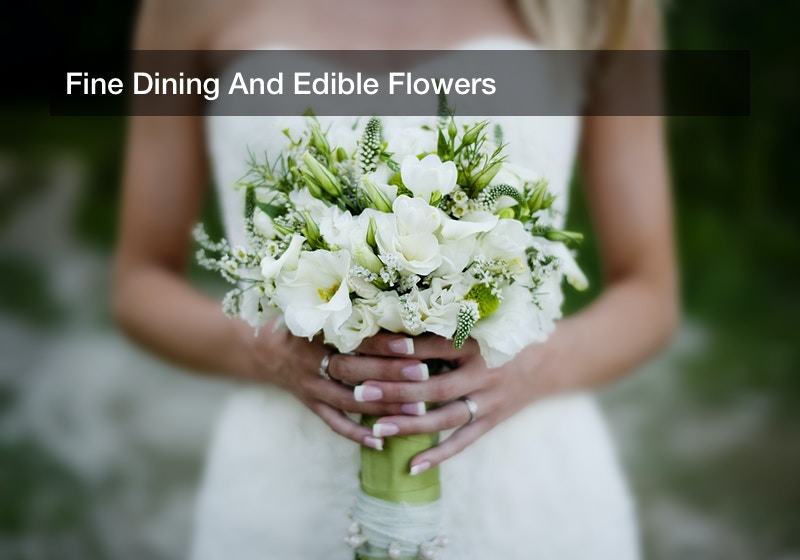
Many Americans like to eat out at upscale dining establishments from coast to coast, which are known to serve some of the best-prepared dishes with authentic ingredients of all sorts. What might end up on the plate? Microgreens are a popular option, and organic micro greens and petite micro greens can be a fine accent piece to any dinner. And don’t forget candied flowers and other edible flowers and plants, which are excellent (and tasty) decorations for a cake, such as a wedding cake. Such foods are as gorgeous as they are edible.
Dining Out and Microgreens
It is rather tricky to grow microgreens properly, so typical diners are encouraged to order microgreens at a restaurant rather than try to grow some in their home garden. Microgreens first entered the culinary mainstream in the 1980s in California, and they are simply small forms of edible greens produced from herbs and vegetables early in their lives. These may range from one to 1.5 inches in length, and that includes the stem and leaves. It may be noted, though, that microgreens are not the same thing as sprouts; instead, they are classified as baby plants. In contrast, sprouts do not have leaves, while microgreens do have leaves. Sometimes, they are called micro herbs and vegetable confetti, and they have rich flavor and can add a lovely splash of color to just about any dish. And these microgreens are not just for presentation; they are nutritionally rich, more so than regular vegetables, and they are fairly aromatic as well. They provide a lot of antioxidants, too.
What are some common vegetables that can be served as microgreens? Several plant families fall into this category, such as the family for cabbage, cauliflower, broccoli, and radishes. There is also the celery and carrot family, not to mention the family for melon, cucumber, and squash. Other microgreen options include beet, spinach, garlic, onion, and leek. As for proper storage, microgreens and similar plants should be kept in refrigeration, at temperatures ranging from 30-40 degrees Fahrenheit in a closed container. Basil, in particular, is sensitive to temperature and may soon turn dark brown or black at temperatures at or below 32 degrees Fahrenheit.
Candied Flowers
Generally, Americans might not imagine flowers when they think about edible plants, such as carrots or potatoes or turnips. But candied flowers and crystallized roses are not only edible, but they are attractive and a popular option for baking. One particular way to prepare candied flowers is to coat an edible flower with a thin layer of sugar and egg whites, which may nicely preserve them. Some consumers or home chefs might be concerned about consuming raw eggs products, though, so they can make use of pasteurized egg whites.
Candied flowers, such as pansies or roses or blossoms, are a great addition to a wedding cake, and they can even be bought at grocery stores for home baking. Typically, they can be found in a grocery store’s herb section, and when the flowers are in season, candied flowers can be found at farmer’s markets. In that case, the buyer should make doubly sure that the flower they buy is edible, and check that no pesticides were used on it.
At home, these flowers will need delicate handling, so they do not fall apart or break. They should be stored in airtight containers at room temperature, and they may keep for up to two weeks. When being put away, candied flowers should be packed with wax paper in between layers, and they should be kept dry until added to a dessert. For this reason, they should not be stored in the fridge, where moisture may get into them. If they are to be placed on a fairly wet dessert, it is advisable to wait until the last moment to add them. This ensures that the candied flowers will be solid and look their best when the dessert is served.


